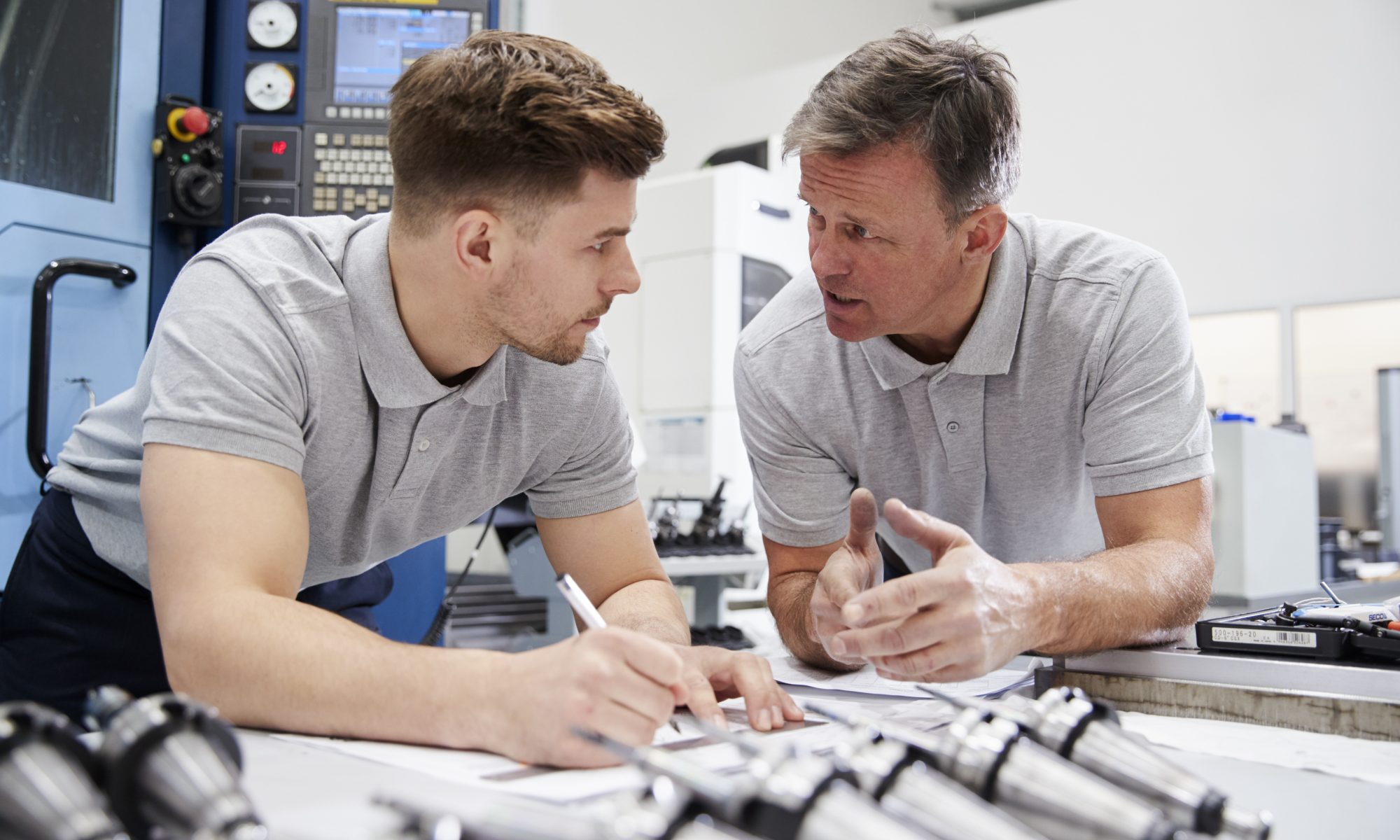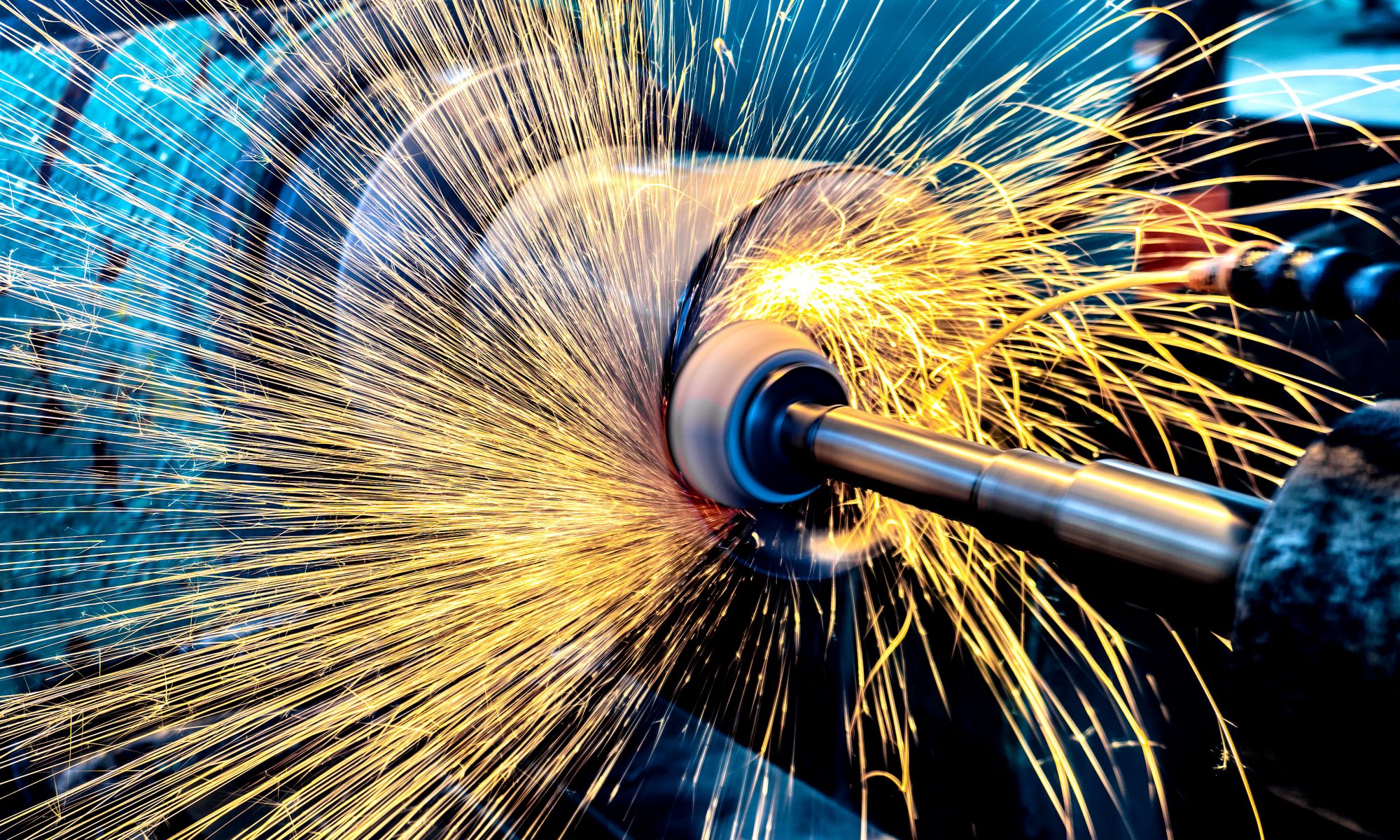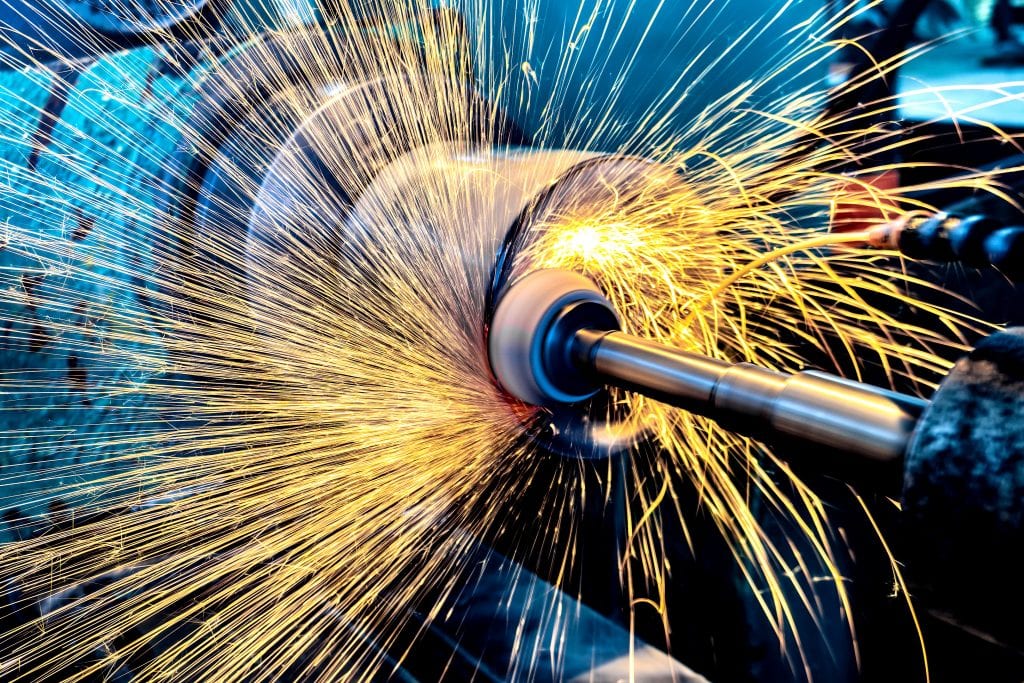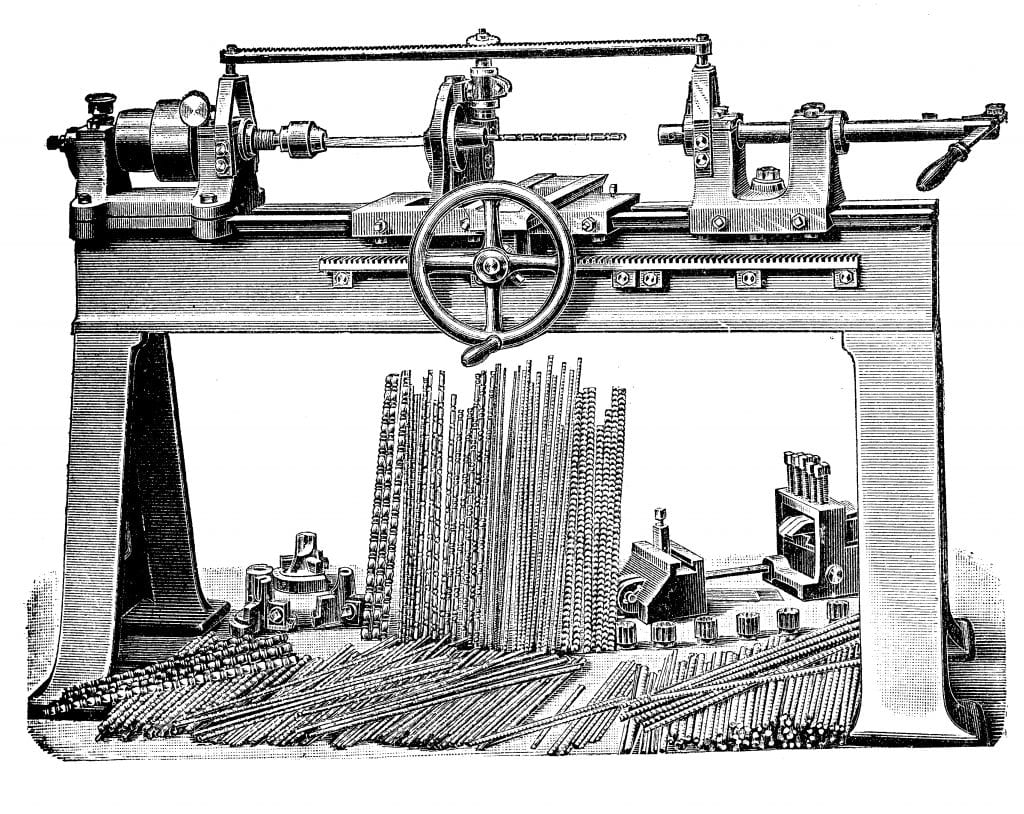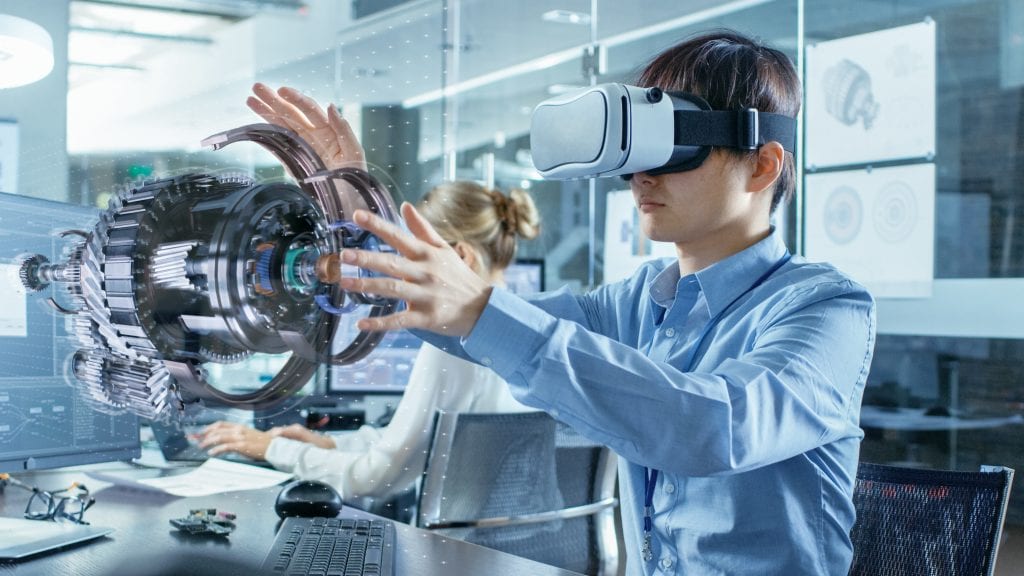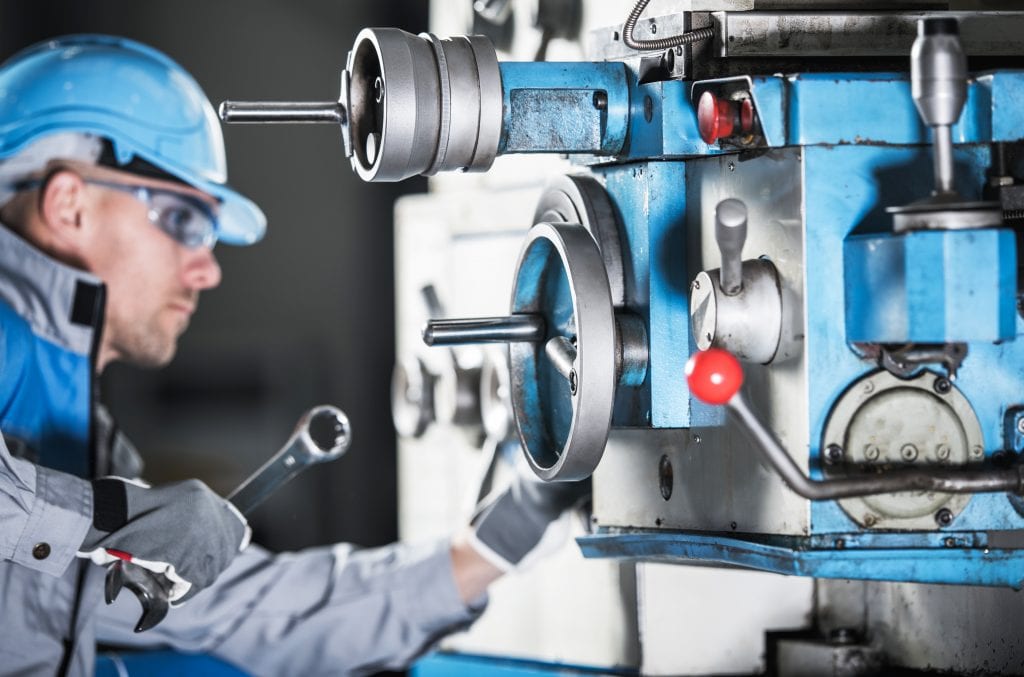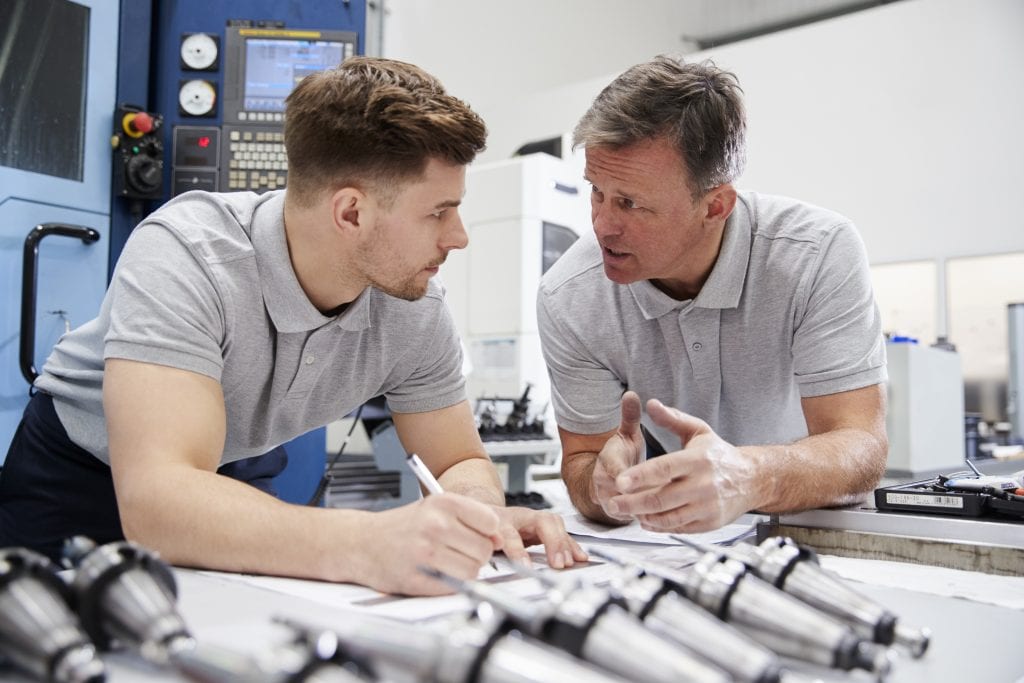
You have developed a mechanical solution to a significant challenge in your sector. You think you have a way to make that component less expensive, or those pieces easier to assemble. This component could result in higher quality, longer-lasting product without increasing cost. A win-win situation seems a foregone conclusion.
If you could put this assembly in place on your company’s product, your device will improve significantly. But, can your solution be manufactured with CNC machining and increase product margins while solving problems?
Here is where Design for Manufacturability (DFM) is critical. When you do your design groundwork effectively, you’ll create your winning process scenario before production starts.
At United Scientific, we incorporate DFM into our prototyping process to ensure that the manufactured components meet the prescribed specifications while maintaining manufacturability and containing costs. Contact our design team today, and let’s get started on that brilliant solution.
Why do Design for Manufacturability?
DFM is the process of designing components so that they are easier to manufacture and result in a better product at a lower cost. The cost savings can come from reduced material, overhead, and labor costs.
It can be tempting to dive into production on the assumption that your estimated savings are accurate. However, launching production without DFM could be a costly mistake.
Pinning down a component failure during production is much harder than trouble-shooting your component with DFM. Perhaps the fault was caused by something in the design such that current manufacturing processes or tooling can’t produce the item.
It’s also possible an error occurred in the production process itself, causing singular or multiple component flaws.
This failure can mean running multiple testing scenarios, design of experiment type matrices of variables, and results, all while lost material and labor costs pile up.
And, if this particular design solution required multiple components, your losses could multiply quickly. DFM is a proactive solution to this scenario.

The key components of DFM
Process
First, you need to choose the right method to manufacture your parts. At a high level, you must consider production volume and general material requirements before production begins.
The production volume of the final component is one key to deciding how you might expedite the manufacturing process. Low volume quantities would most likely require the use of existing equipment and tooling. High volume and longer-range repeatable projects may require increased investment capital into specialized tools, jigs, or dies.
General material requirements are an essential element to consider at this point, as well. Materials like fiberglass, aluminum, or titanium require different machining specs. Does the facility you chose have the capability to work with your preferred medium?
Tolerances are also a factor. Toy wagon parts may require significantly less precision than heart catheters, for example. DFM means that you choose each process step for its tolerance limitations and inspection capabilities.
It’s also imperative to consider design features not suitable for typical CNC machining processes, such as parts with deep cavities or thin walls. These specifications may be better suited for other machining processes or require additional tooling to produce the quality desired.
Design
The first step in DFM is to determine if you need all the parts as initially proposed. If the part count diminishes, the production process simplifies.
There may also be assembly modifications to consider that would reduce the number of interlocking components and fittings. In other words, do you need a nut-bolt-washer fastener across four different openings, when a cotter pin would suffice?
Another cost-saving measure in DFM are off-the-shelf item substitutes. A good question to ask is: “Are the designed tolerances the only way this component will fit with the others?†Perhaps there is an option of modifying a tolerance, or any of the other components it will be assembled with, to accept a standard, off-the-shelf part.
A cost-benefit analysis is required in this scenario, as modifying another part could entail higher expenses than customizing the one at hand.
Material selection
Hopefully, you determined during the first process selection step what types of materials you will require. Let’s dive a bit deeper into the specifics of your materials.
Here are a few queries to run as you further refine the DFM model:
- How strong does the material need to be?
- To what degree does it need to be heat resistant?
- Have the other components been designed to match, or allow for, the expansion and contraction of the selected materials surrounding it?
- Does the material need to have any specific surface qualities such as color or reflectivity?
Some of the answers to these questions could depend upon the answers to the following questions as they pertain to the environment.
Environment considerations
Material selection will vary dependent upon the environment in which it will finally be used. Will this component be performing in:
- Space
- Seawater
- A human body
- Outdoors
- In variable weather?
You may not want a material that corrodes used in a stent any more than you want one that turns brittle in the cold traveling through space.
Quality and testing
One last DFM consideration is what kind of industry standards must this part meet? Is the manufacturing partner you chose ISO certified? Will third party testing be required?
Is your manufacturing partner aligned with third-party testers, such that they know the ins and outs of getting product pushed through? You’ll want to vet the compliance process as part of your DFM so your production timelines don’t get hung up for non-compliance.
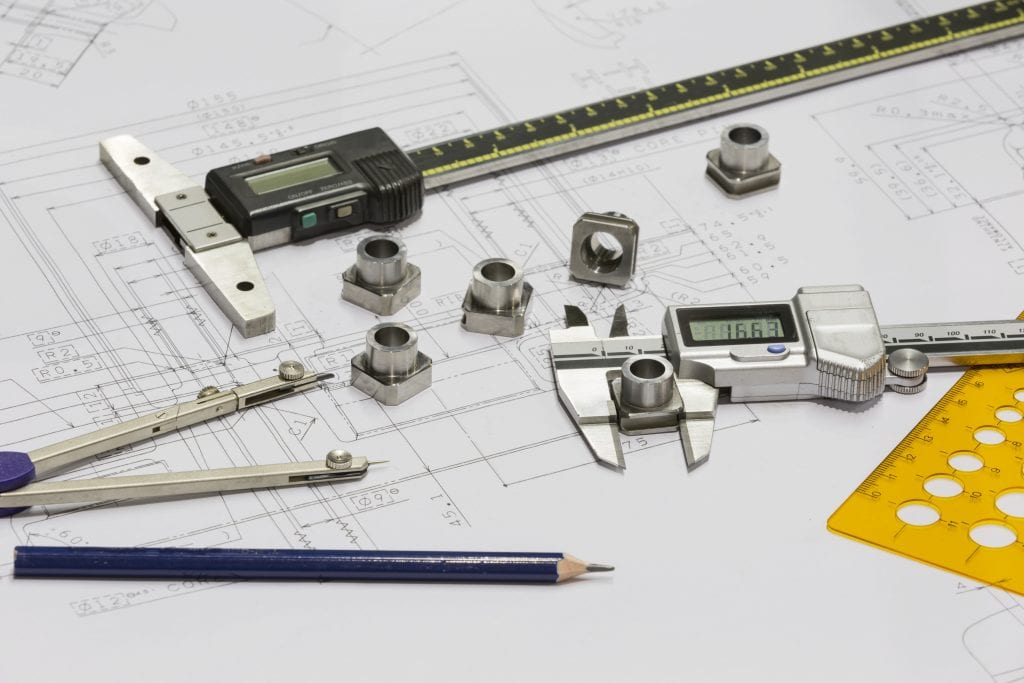
Make the most of CNC machining with DFM
You can use the DFM process on new product development. DFM is also useful for cost savings initiatives on existing assemblies. The goal is to get engineering to work with production from the beginning.
The key to effective DFM is to utilize the current production capabilities to the fullest and advocate for new technologies when needed.
Design for manufacturability also ensures that designed components require minimal purchasing of new pieces of equipment, as well as avoiding never-before-used finishing processes currently only done overseas.
Production, in return, can alert the designer to any off-the-shelf items that would fit seamlessly or with a few tweaks in the protocol. You may also discover, through DFM, that the production team already manufactures a similar, non-proprietary, item. With those same tweaks, the volumes could be combined, and the startup process eliminated.
Contact United Scientific, and let’s start working together from the beginning to get you that better product at a lower cost.

